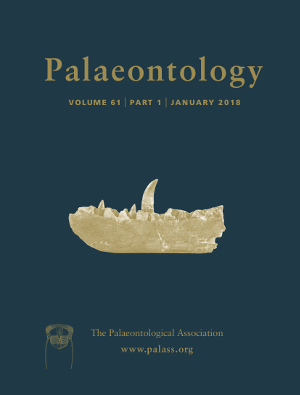Reg. Charity No. 1168330

Mass extinctions have profoundly influenced the history of life, not only through the death of species but also through changes in ecosystem function and structure. Importantly, these events allow us the opportunity to study ecological dynamics under levels of environmental stress for which there are no recent analogues. Here, we examine the impact and selectivity of the Late Triassic mass extinction event on the functional diversity and functional composition of the global marine ecosystem, and test whether post‐extinction communities in the Early Jurassic represent a regime shift away from pre‐extinction communities in the Late Triassic. Our analyses show that, despite severe taxonomic losses, there is no unequivocal loss of global functional diversity associated with the extinction. Even though no functional groups were lost, the extinction event was, however, highly selective against some modes of life, in particular sessile suspension feeders. Although taxa with heavily calcified skeletons suffered higher extinction than other taxa, lightly calcified taxa also appear to have been selected against. The extinction appears to have invigorated the already ongoing faunal turnover associated with the Mesozoic Marine Revolution. The ecological effects of the Late Triassic mass extinction were preferentially felt in the tropical latitudes, especially amongst reefs, and it took until the Middle Jurassic for reef ecosystems to fully recover to pre‐extinction levels.